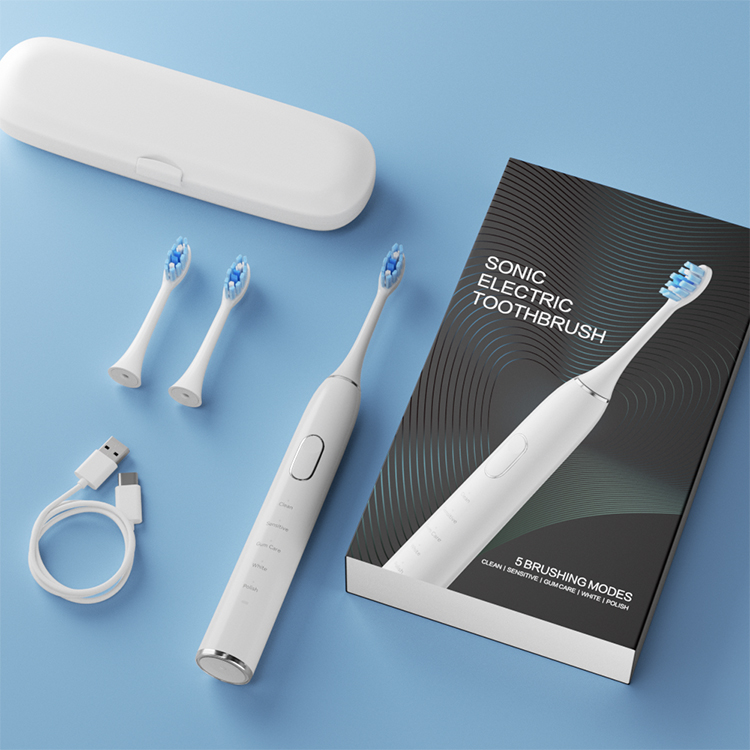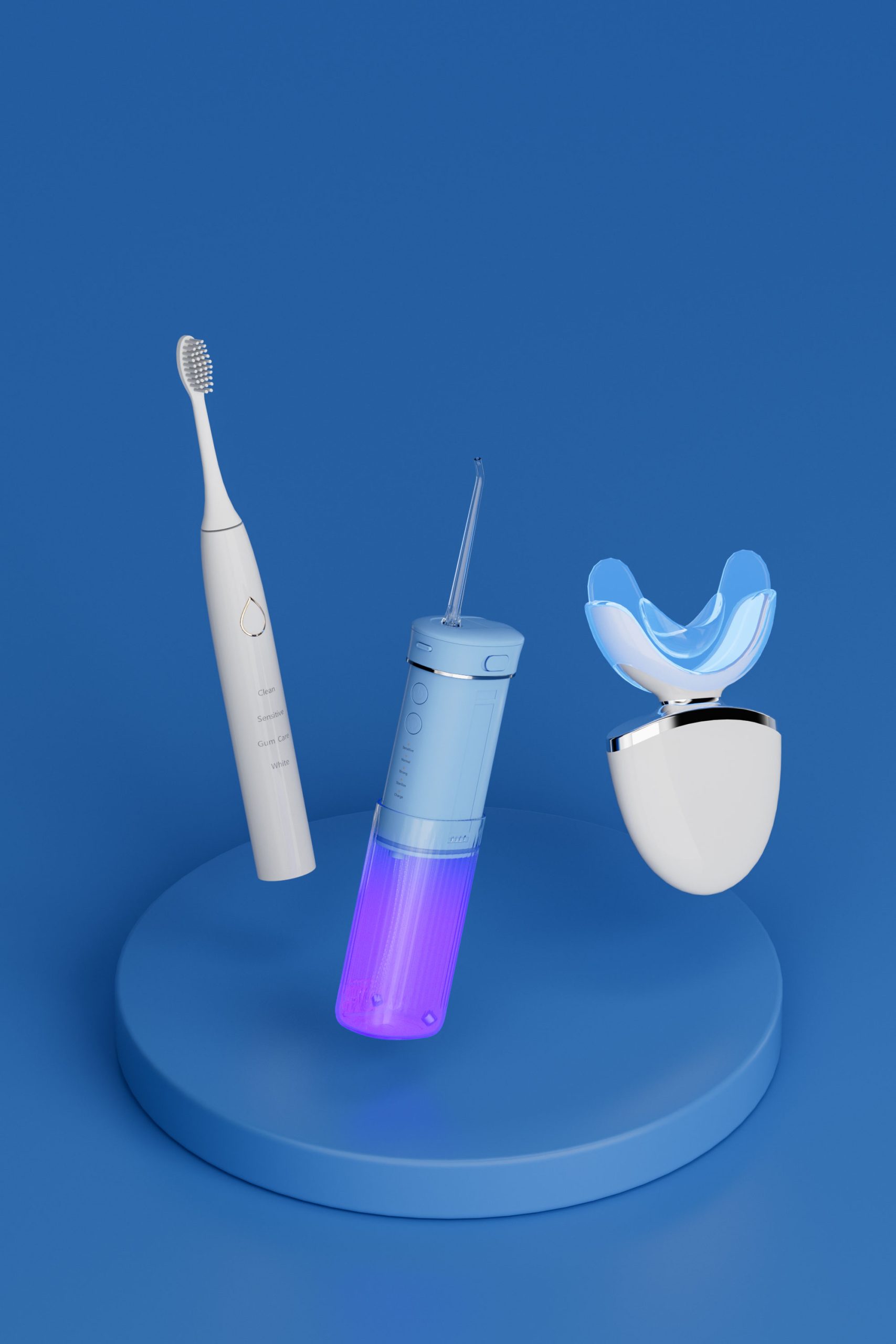In the competitive market of electric oral care products, mode malfunction and pulse instability are two issues that are often overlooked—until they begin to erode overall device stability and consumer trust. Although these two failures may appear isolated, they are frequently symptoms of deeper flaws in design, firmware control, or component compatibility.
Mode malfunction refers to the improper switching, freezing, or unintended behavior of pre-set cleaning modes. This issue often stems from:
A mode malfunction does more than disrupt the user experience—it can lead to incomplete cleaning cycles, overuse of sensitive settings, or total system lockout, all of which severely undermine product credibility.
While some manufacturers dismiss pulse instability as a user comfort concern, its implications are far more serious. A stable pulse frequency is critical to:
Pulse irregularities can result from degraded sensors, power surges, or inconsistent motor performance. Over time, they contribute to wear and tear that accelerates device failure and customer returns.

When a device’s mode selection fails, the underlying firmware may struggle to regulate pulse signals correctly. Conversely, unstable pulses may interfere with control logic, causing erratic mode changes. This feedback loop can cause:
Such instability is particularly dangerous in devices marketed for children or users with sensitive gums, where precision matters most.
Even with refined code, hardware design plays a decisive role. Poor PCB layout, shared circuits between motor and mode control, and insufficient shielding from EMI (electromagnetic interference) often lead to:
OEMs must collaborate closely with PCB suppliers and embedded software teams to harmonize hardware-software integration.
To ensure long-term device stability, rigorous testing should be implemented in the early design phase:
Early detection of instabilities enables manufacturers to reduce post-market failure rates significantly.
Forward-thinking brands can transform reliability into a unique selling point. Consider these product-enhancing features:
In a market flooded with low-cost alternatives, offering guaranteed operational stability builds brand trust and reduces warranty costs.
Both mode malfunction and pulse instability are red flags pointing to weak system architecture. Left unchecked, they compromise device reliability and user satisfaction. For manufacturers, prioritizing robust mode control and pulse modulation systems is not just a technical requirement—it’s a strategic imperative.
Partner with us to develop next-generation devices that deliver consistent performance with zero compromise.Company web: https://www.powsmart.com/product/electric-toothbrush/

Planning Electric Toothbrush Custom Design?

Kids Water Flosser Age Guide: When to Introduce and How to OEM the Right Product
-1.jpg)
Does Premium Rose Gold Gift Toothbrush Cause Mode Confusion?
Best Electric Toothbrush for Sensitive Gums – Gentle and Effective Oral Care

Does Deep Clean Toothbrush Mode Cause Timer Malfunction?

Need an OEM Electric Toothbrush with Comprehensive Custom Branding Service?
.jpg)
Can a Smart Toothbrush Manufacturing Partner Streamline Your Electric Toothbrush Contract Production?

Moldy Water Flosser Tank? It Harms Users and Your Brand Reputation

Does Non-Toxic Kids Brush OEM Risk Child Safety?
Do Vibration Weakening and Circuit Short Increase Risks?
Are Runtime Drop and Thermal Failure Related?
Can Head Loosening and Filter Fouling Reduce Cleaning Efficiency?

Do You Need a License to Sell Oral Beauty Products in Australia?

Meeting European Demand: Key Features for Eco Water Flosser OEM Production

Custom Smart Toothbrush Sourcing from China – A Buyer’s Guide
.jpg)
Rose Gold Electric Toothbrush Customization: Luxury Dental Care Products

electric toothbrush heads Deep Clean

electric toothbrush heads Ultra Soft

Private Label Whitening Gel

Customization Teeth Whitening Gel

electric toothbrush heads Regular Clean

Electric toothbrush heads Charcoal Infused-Diamond
.jpg)
Florida Electric Toothbrush – Powsmart PTR-C8

electric toothbrush heads Charcoal Infuse-Round
whstapp
whstapp
National Toll-Free Service Hotline
+86 755 86238638